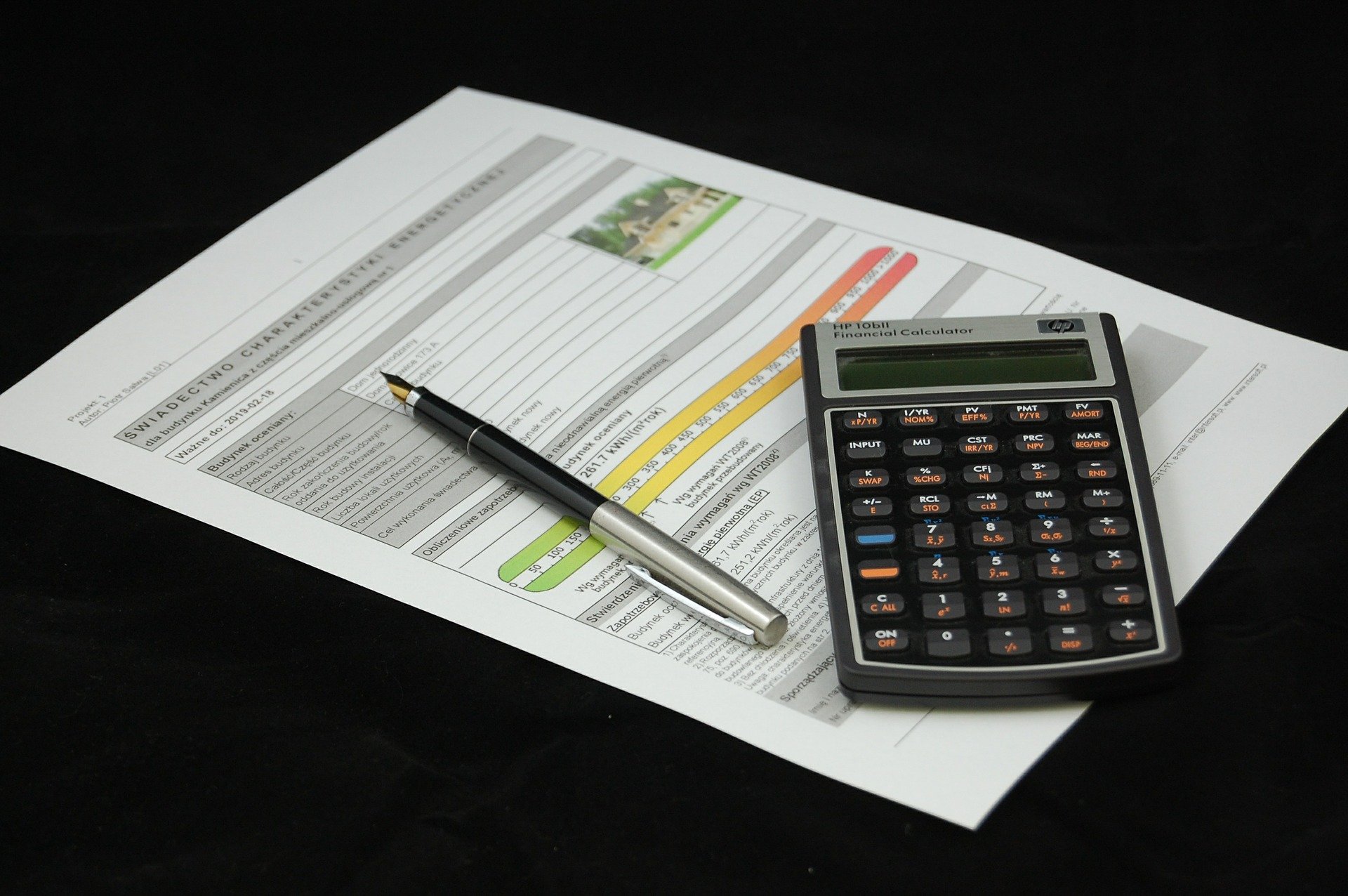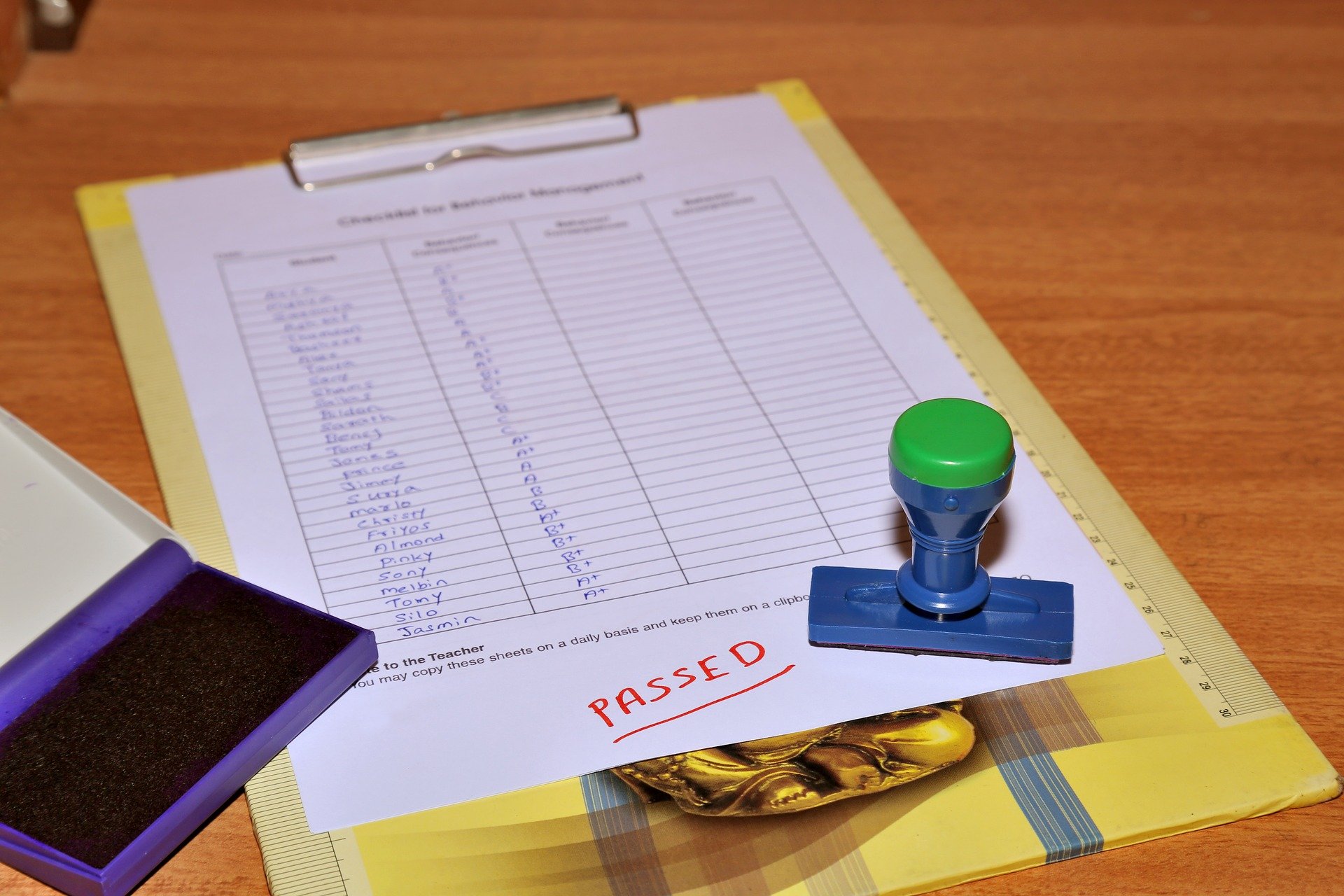
Display Energy Certificate (DEC)
Display Energy Certificates (DECs) show the actual energy usage of a building, the Operational Rating, and help the public see the energy efficiency of a building. It identifies the actual energy use of a building and compares this against the energy use for a benchmark building of the same type.

Qualified Surveyors
DECs must be carried out by a qualified energy assessor.
A Display Energy Certificate (DEC) Surveyor is an accredited individual who undertakes energy calculations, using approved Operational Rating (OR) software, on public buildings.
DECs are also an approved means of assessing buildings for the Government's mandatory Energy Savings Opportunities Scheme (ESOS).

Audited Reports
All Energy Surveyors belong to Government Approved accreditation bodies who audit their work regularly.
The audit procedure follows Industry standards, to ensure the highest level of competance is achieved and that correct conventions are followed when doing site visits and collecting data.
